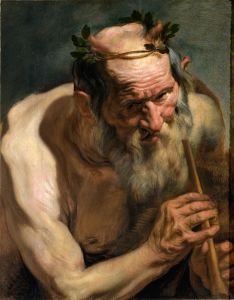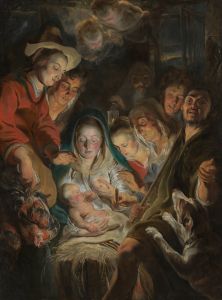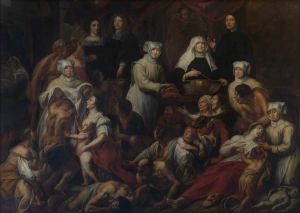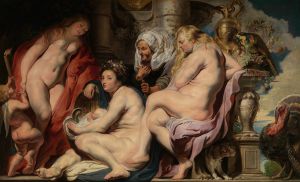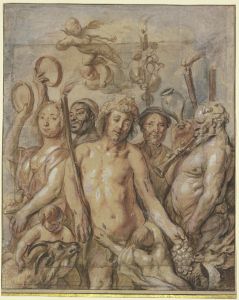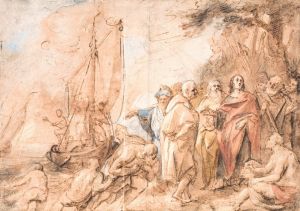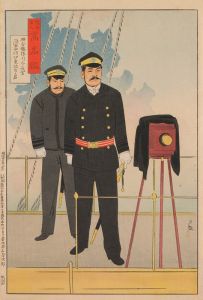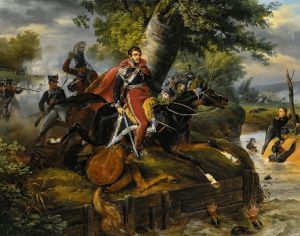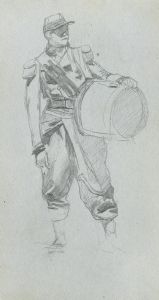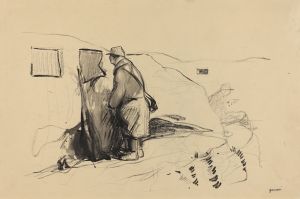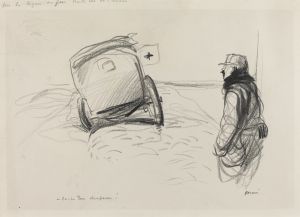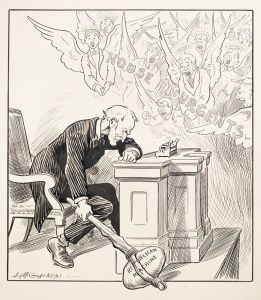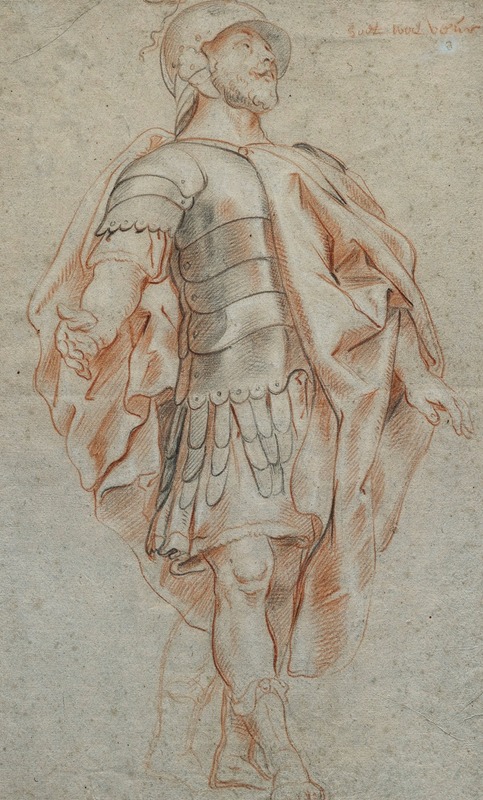
Mars standing
A hand-painted replica of Jacob Jordaens’s masterpiece Mars standing, meticulously crafted by professional artists to capture the true essence of the original. Each piece is created with museum-quality canvas and rare mineral pigments, carefully painted by experienced artists with delicate brushstrokes and rich, layered colors to perfectly recreate the texture of the original artwork. Unlike machine-printed reproductions, this hand-painted version brings the painting to life, infused with the artist’s emotions and skill in every stroke. Whether for personal collection or home decoration, it instantly elevates the artistic atmosphere of any space.
Jacob Jordaens, a prominent Flemish Baroque painter, is known for his vibrant and dynamic compositions. One of his works, "Mars Standing," exemplifies his mastery in depicting mythological subjects with a distinctively robust and lively style. Although specific details about this painting are limited, it is reflective of Jordaens' broader oeuvre and the artistic context of his time.
Jacob Jordaens was born in 1593 in Antwerp, which was then part of the Spanish Netherlands. He became one of the leading artists of the Flemish Baroque, alongside Peter Paul Rubens and Anthony van Dyck. Jordaens initially trained under Adam van Noort and later became a master in the Antwerp Guild of Saint Luke. His work is characterized by its rich color palette, dynamic compositions, and the ability to convey a sense of movement and vitality.
"Mars Standing" likely depicts Mars, the Roman god of war, a subject that was popular in Baroque art due to its dramatic potential and the opportunity to explore themes of power and heroism. In Baroque art, mythological figures were often used to convey allegorical messages or to reflect contemporary themes. While specific details about the painting's composition and style are not widely documented, it can be inferred that Jordaens employed his typical techniques, such as strong contrasts of light and shadow and a focus on the physicality and expressiveness of the human form.
Jordaens' work often included a sense of realism and earthiness, setting him apart from some of his contemporaries who favored more idealized depictions. His paintings frequently featured robust figures and lively, crowded scenes, capturing the essence of human emotion and interaction. This approach can be seen in his other mythological works, where he often imbued classical subjects with a sense of immediacy and vitality.
The Baroque period, during which Jordaens was active, was marked by a heightened interest in drama, emotion, and grandeur in art. This era followed the Renaissance and was characterized by its emphasis on movement, contrast, and sensory appeal. Artists of the Baroque period sought to evoke emotional responses from viewers, often through the use of dramatic lighting, intense colors, and dynamic compositions.
Jordaens' contribution to the Baroque movement was significant, as he brought a unique perspective that combined the grandeur of mythological subjects with a more grounded and humanistic approach. His works were not only appreciated in his native Flanders but also gained recognition across Europe.
While "Mars Standing" itself may not be as widely discussed or documented as some of Jordaens' other works, it remains a testament to his skill in capturing the spirit of the Baroque era. Through his art, Jordaens was able to convey complex narratives and emotions, making him one of the most important figures in Flemish Baroque painting. His legacy continues to be celebrated for its contribution to the rich tapestry of European art history.





